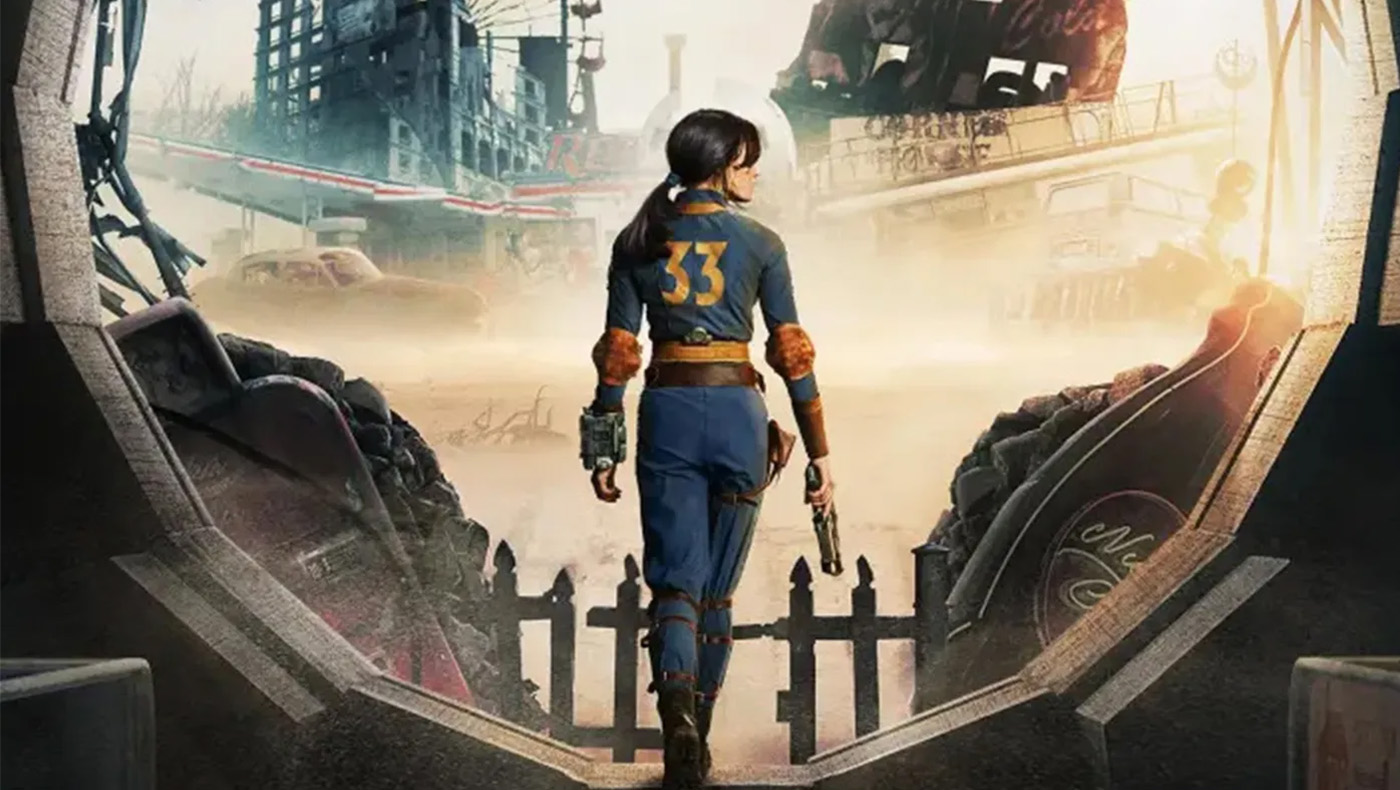The world ends on Oct. 23, 2077, in a series of radioactive explosions –– at least in the world of “Fallout,” a post-apocalyptic video game series that has now been adapted into a blockbuster TV show on Amazon’s Prime Video.
The literal fallout that ensues creates a post-apocalyptic United States that is full of mutated monstrosities, irradiated humans called ghouls and hard scrabble survivors who are caught in the middle of it all. It’s the material of classic Atomic Age sci-fi, the kind of pulp stories “Fallout” draws inspiration from for its retro-futuristic version of America.
But there is more science in this science fiction story than you might think, according to Pran Nath, Matthews distinguished university professor of physics at Northeastern University.
In the opening moments of “Fallout,” which debuted on April 10, Los Angeles is hit with a series of nuclear bombs. Although it takes place in a clearly fictional version of La La Land –– the robots and glistening, futuristic skyscrapers in the distance are dead giveaways –– the nuclear explosions themselves are shockingly realistic.
Read more from Northeastern Global News
Photo from Amazon MGM Studios

